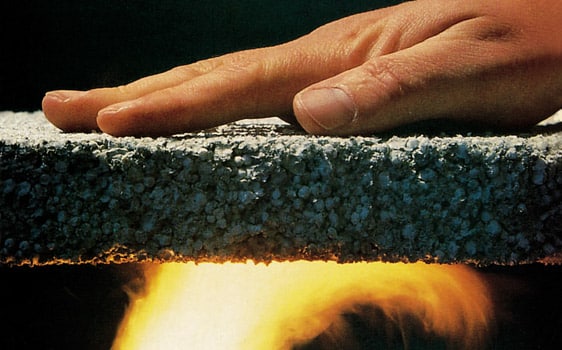Fire Safety

Fire safety comes as standard with concrete and masonry. It does not require special coatings or sealers. Concrete does not burn and concrete elements retain their strength at high temperatures, so concrete structures can withstand the effects of a fire without requiring any other form of active or passive protection. This safety comes at no additional cost and will always be there, even if the building changes over time due to refurbishment or accidents. This means that concrete has much more to offer than other structural materials when it comes to safety.
Concrete also acts as a shield, preventing a fire from spreading from one room to another. This can slow the progress of the fire and give building occupants more time to escape. Furthermore, it acts a shield for fire-fighters which allows them to tackle and control the fire, whilst minimising the risk to themselves. In addition, concrete maintains the robustness and stability of the building or infrastructure. This means that the risk of a concrete building collapsing in the event of a fire is minimal. Finally, concrete does not emit toxic gases in a fire.
Concrete is designated by the European Commission as a Class A1 building material (non-combustible) in terms of its reaction to fire. This is the highest possible designation.
